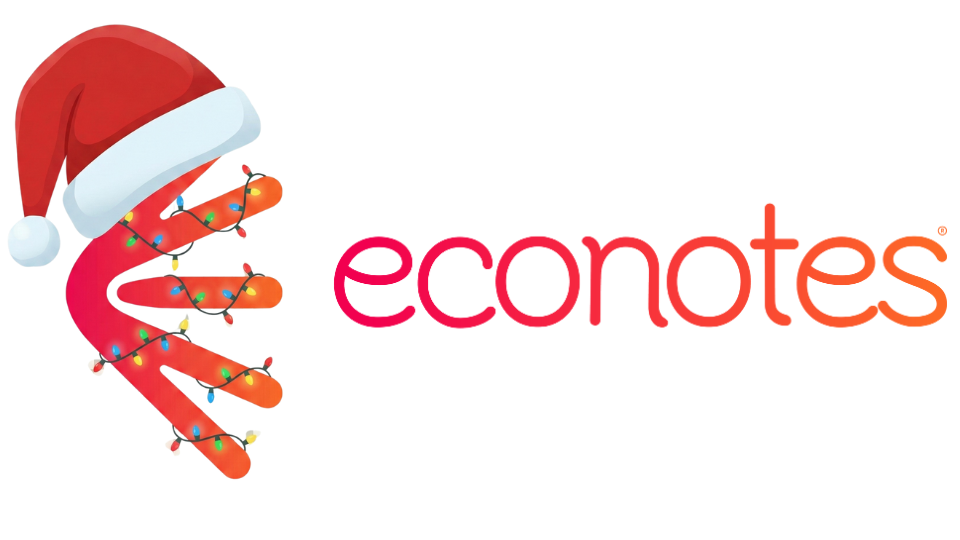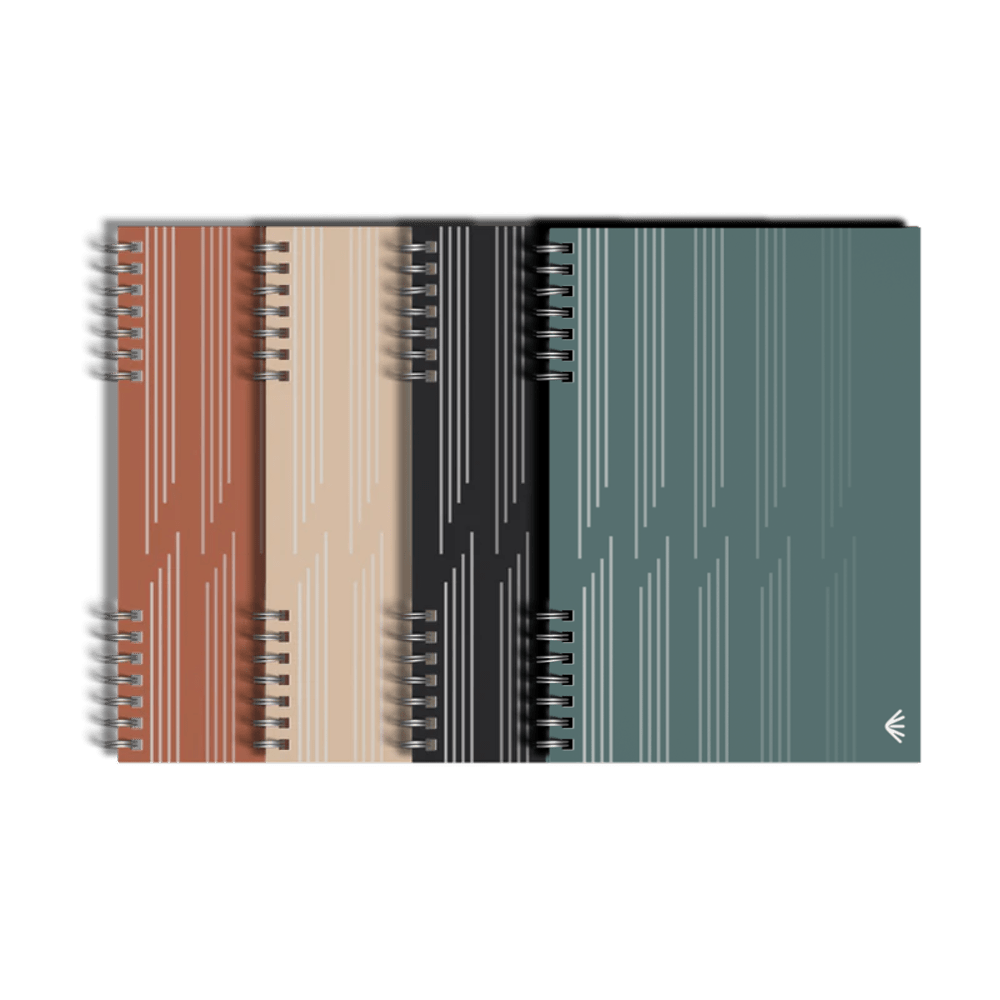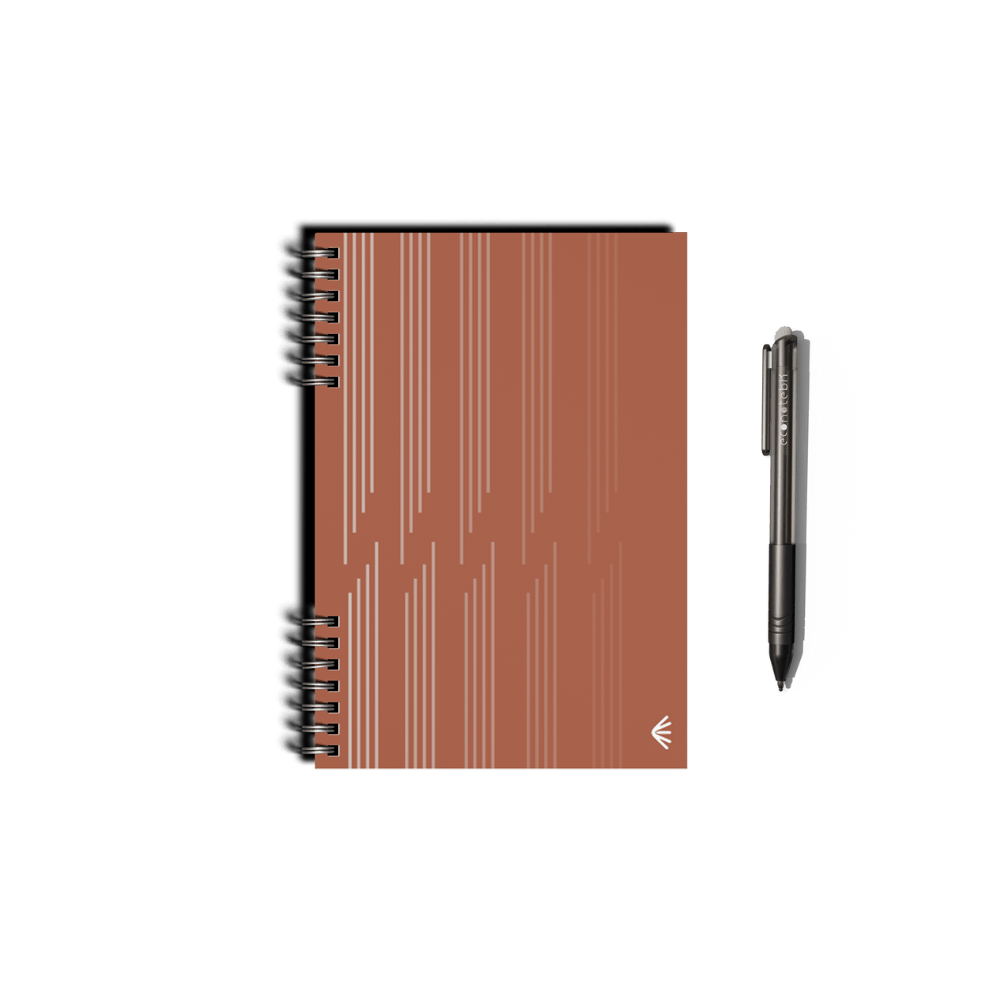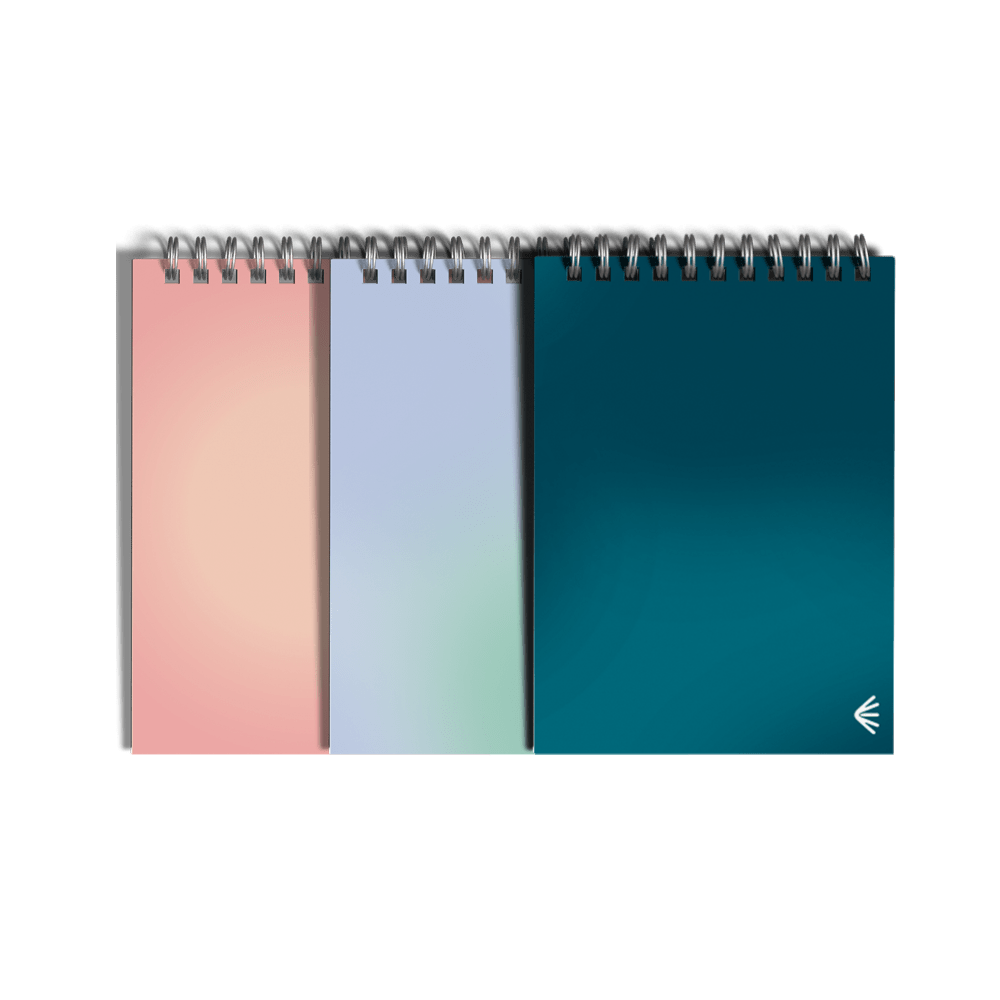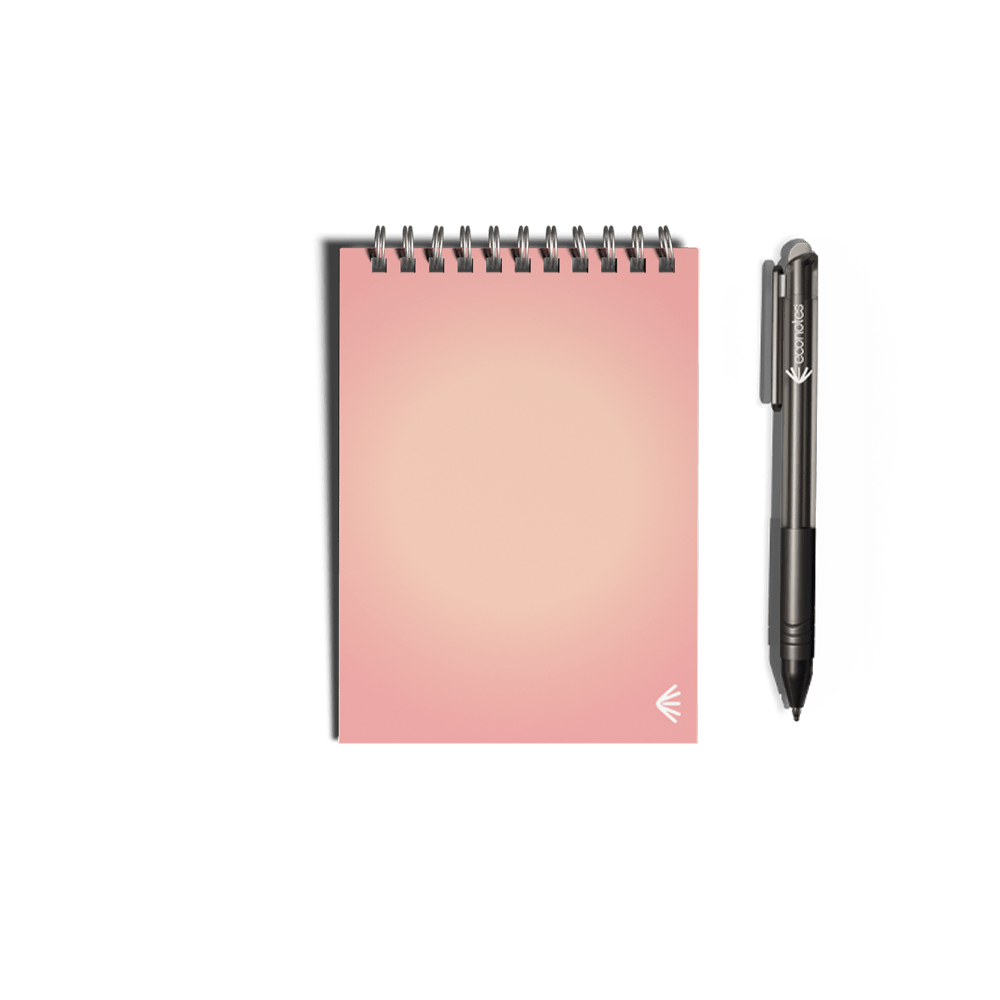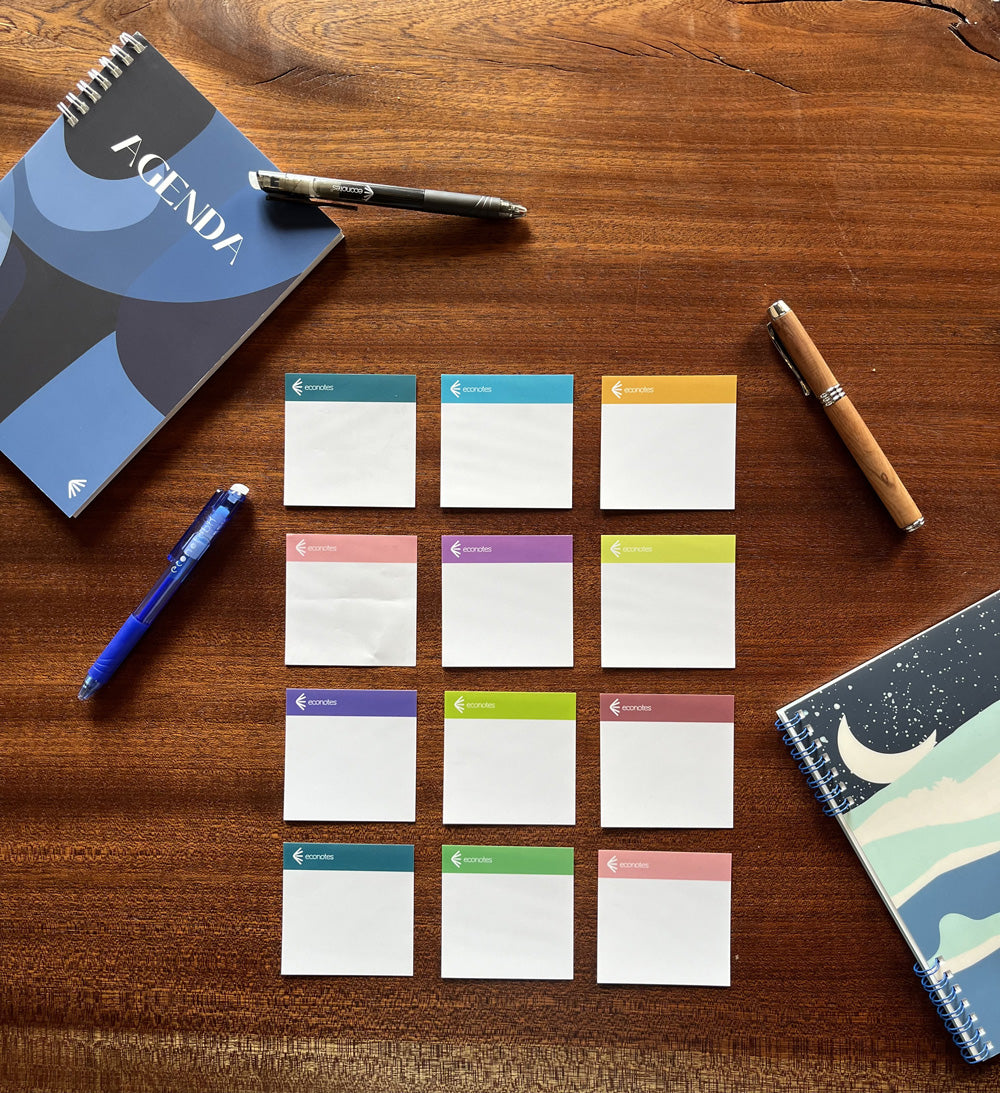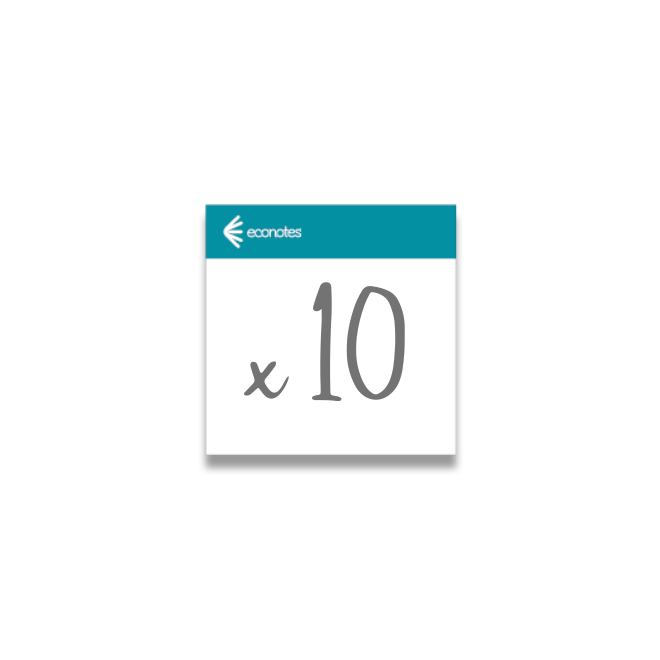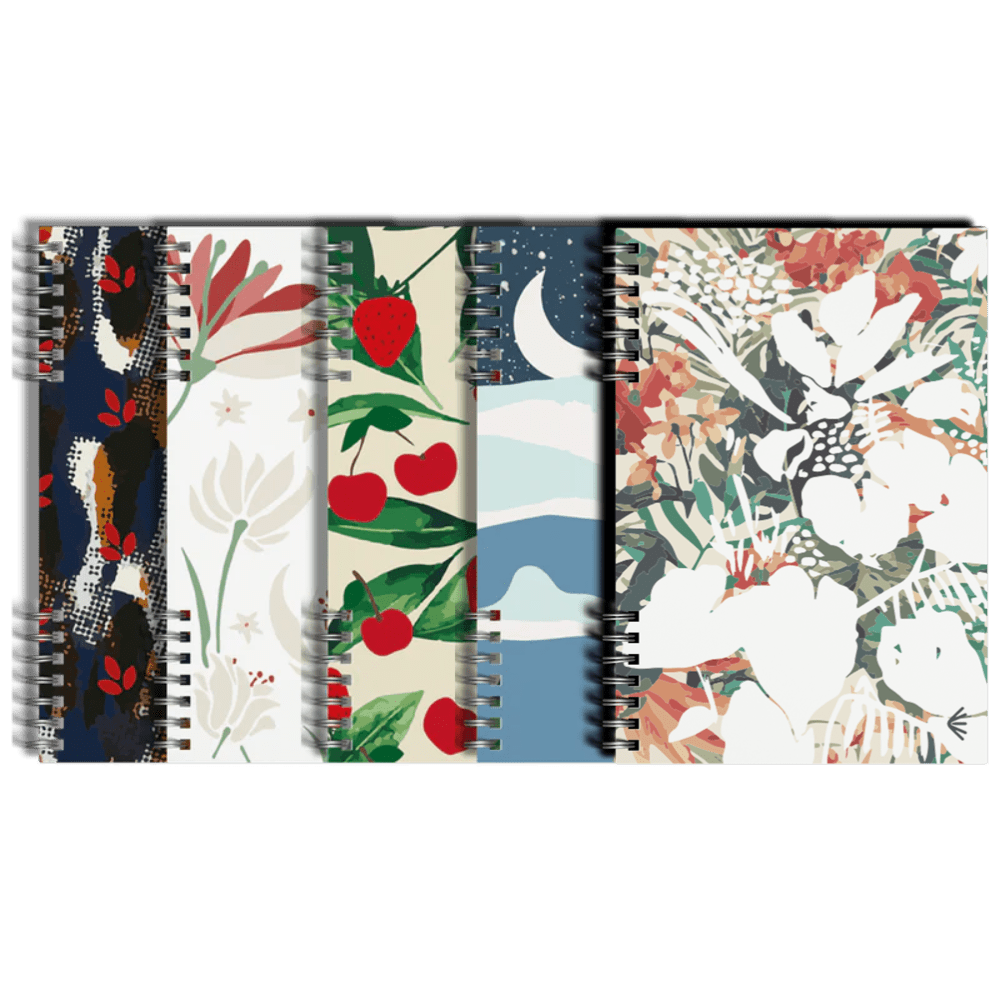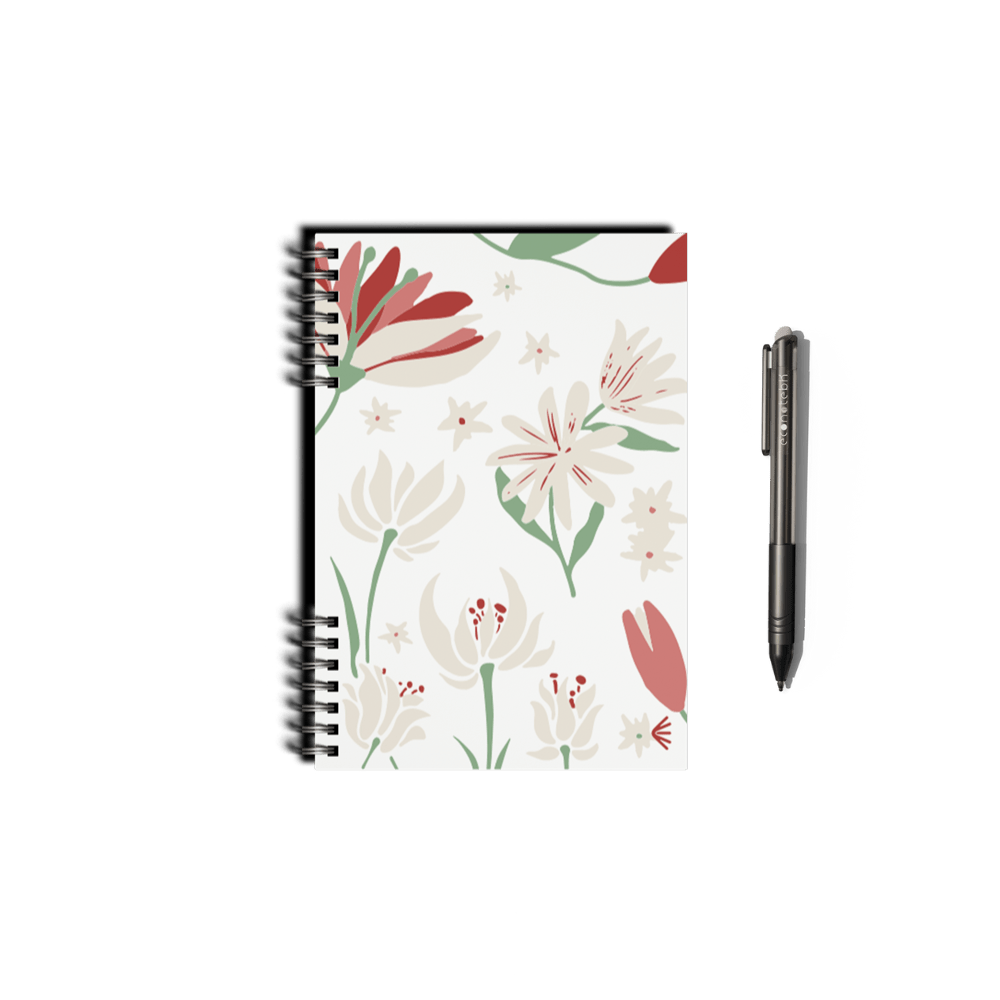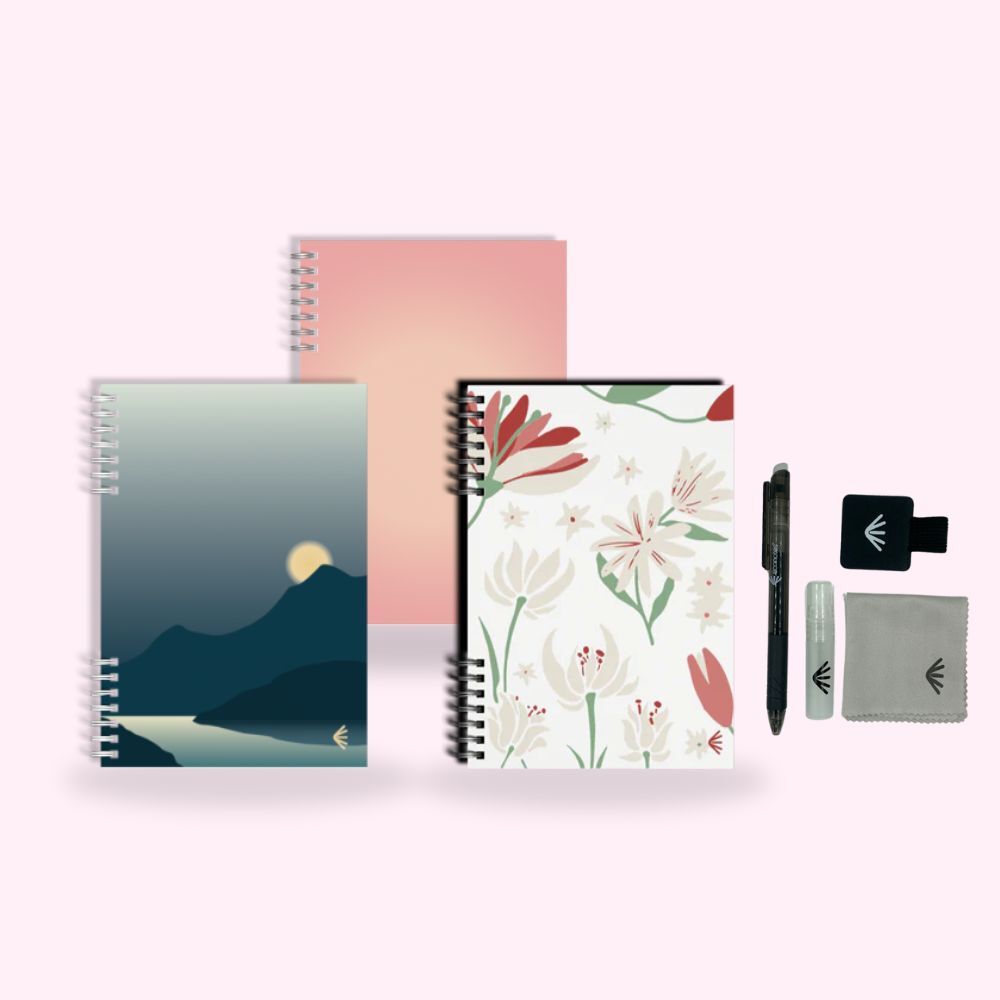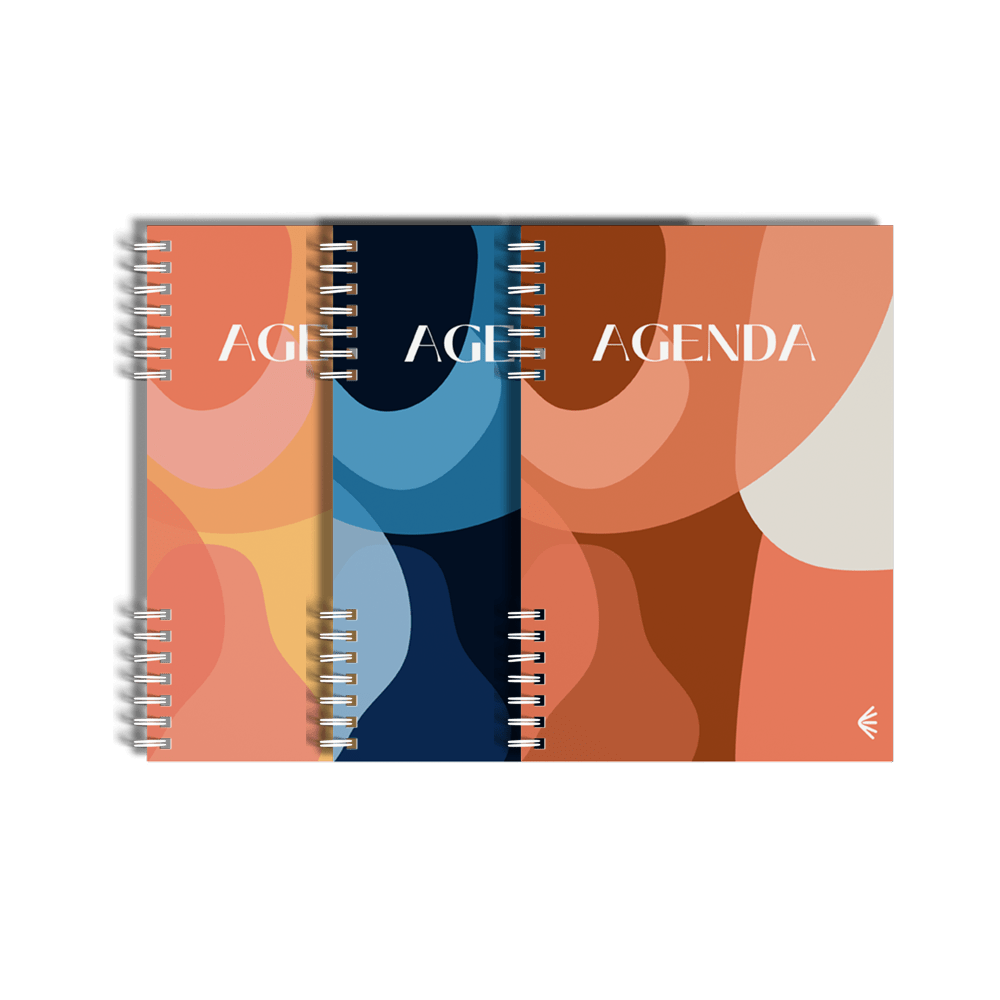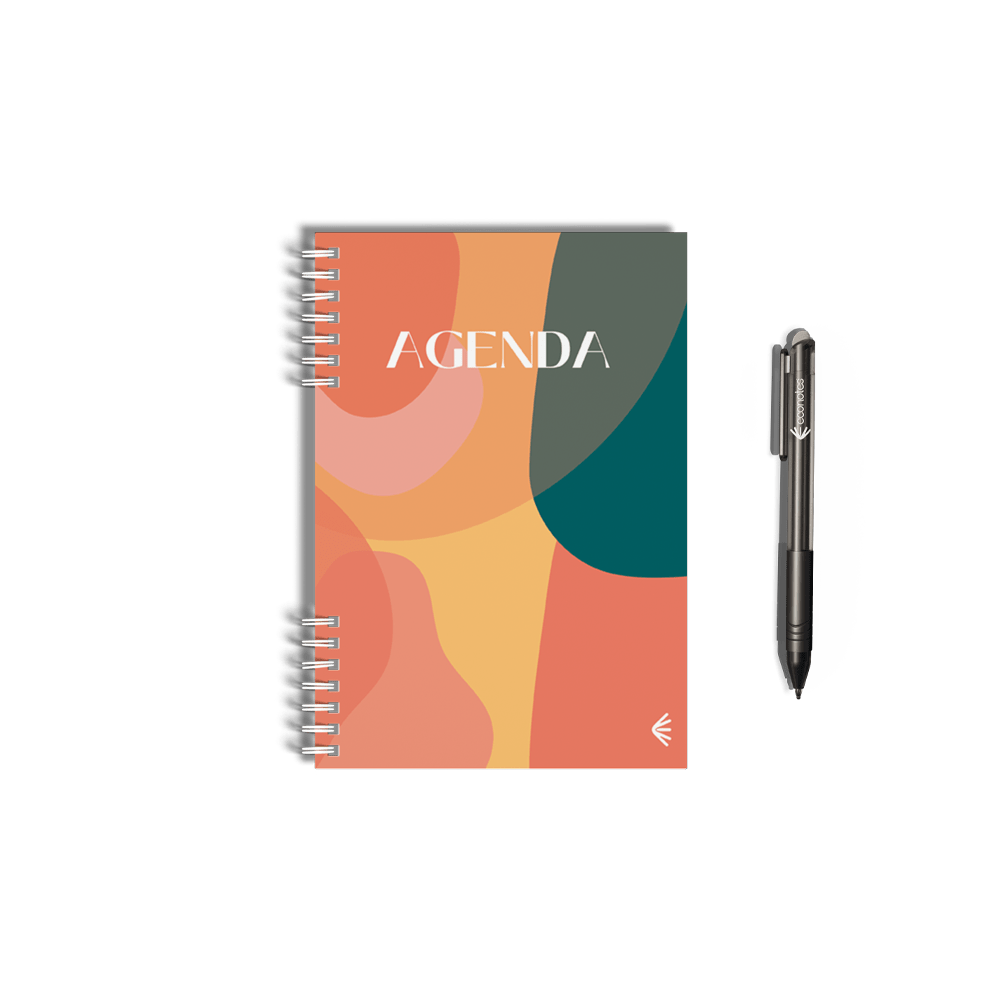Note-taking can be one of the most valuable skills for success in your studies or work.
Follow these 10 practical tips to maximize the effectiveness of your note-taking in college.
How to take notes effectively?
Taking notes efficiently is a significant advantage. Whether for your classes, your meetings, or even your speeches, opportunities to take notes are omnipresent in our daily lives.
Let's be honest, mastering the art of note-taking is not innate. For most of us, this is learned with time and practice. But, good news, there are methods and tips that can make this activity much more accessible and even enjoyable.
1. Be Selective in your note-taking: 🧐
Choose key information & keywords carefully to avoid clutter. This allows you to concentrate on the essentials and makes memorization easier.
The rule: 3 crucial INFORMATION = 1000 information.
2. Choose the right note-taking equipment:
1. Adequate software: choose suitable & effective software, linked to your needs, soon, there will be an article dedicated to this subject on the econotes blog, stay tuned!
2. A paper medium: opting for a reusable notebook can be a great asset, if you are interested, an article is dedicated to this subject: “ How to revise effectively ”, we explain everything to you!
3. Sketchnote: Take notes like an artist

Sketchnote is a method of visual note-taking whose aim is to create a link between the elements noted to better retain the information. A little-known technique that can be compared to mindmapping is also a powerful mental map . You can use these two diagrams to memorize your notes and thus have more efficient memorization of information.
For more information ❗:
https://www.youtube.com/watch?v=oI_HsKgqIG0
4. Use Abbreviations and Symbols:
Develop a personalized abbreviation code to save time and memorize more easily, your brain will assimilate information to simple symbols, plus it's a quick method. And yes ! Abbreviating can quickly convey the importance of information, adding a layer of simplicity to your notes. You can also make more precise sheets afterwards with the notes taken during the course .
5. Integrate Colors: 📗📙
Use highlighters and colored pens to differentiate key points. Colors can strengthen visual memory. This allows you to have obvious logic and have notes classified according to your choices, roughly personalized note-taking. You can use erasable pens (if you have an erasable notebook) of different colors or even highlighters.
6. Practice the Cornell Method:
The Cornell method, designed by Dr. Walter Pauk in the 1950s at Cornell University, revolutionizes note-taking by structuring it effectively. By dividing the page into four distinct sections, namely the title, notes, essentials and summary, this approach provides a clear and organized method for capturing important information.

Each section has a specific role: the title helps identify the topic, notes are taken during the session, the essential elements bring together key information, and the summary offers a concise summary of the content.
5 Steps to Taking Cornell Notes:
Note taking: Take notes during your lessons or revisions, capturing important information in the dedicated column.
Close reading: Reread your notes to reinforce your understanding of the topic and clarify any possible confusion.
Essential elements: Identify the crucial information to remember and write it down in the dedicated column.
Self-questioning: Test your understanding by asking yourself questions based on the essential elements, then check your answers.
Summary: Summarize the key points in the dedicated section to consolidate your understanding and prepare for your revisions.
7. Teach to learn more:

This involves explaining the concepts you've learned to someone else, whether it's a friend, a family member, or even yourself. Rephrasing information to explain it to someone else or brainstorming with them strengthens your understanding and highlights areas where you may need further clarification.
8. Use visual reminders: 👀
Include simple symbols or drawings alongside key points in your note-taking . These visual reminders can act as mnemonic triggers, making information easier to retrieve when reviewing.
9. Digitize Your Notes: 📱
Use electronic note-taking applications to save & transcribe your notes. This provides easy accessibility and a search function, allowing you to quickly find information while revising. This can be done on an iPad or on your phone or computer.
Find here the 8 best free applications to digitize your notes, don't forget to use an erasable notebook (Write, scan & erase)/
10. Adopt an Organized Style:
Structure your notes with bullets and headings. This creates a clear layout, making review more efficient and understanding easier.
